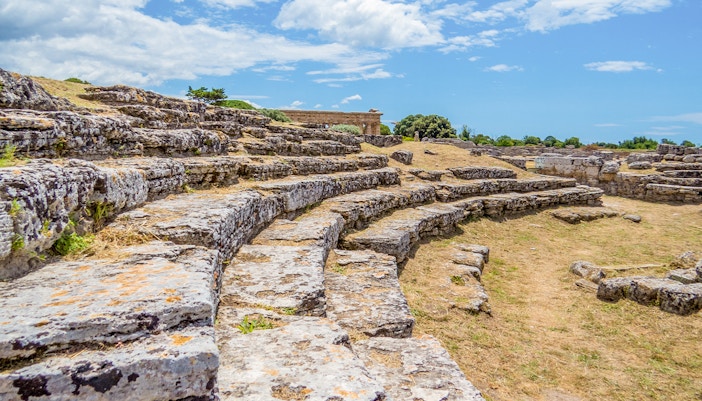History of the Temple of Hera
Constructed around 550 BCE, the historical significance Temple of Hera I is deeply connected to its patron deity, Hera. The devotion to Hera is evidenced by votive offerings, mainly small terracotta statues of women. Such offerings, along with other relics, were frequently interred in sacred pits in the vicinity of the temple.
The cult dedicated to Hera likely focused on promoting fertility within local communities. Many of those who came to worship were either young women about to be married or individuals praying on behalf of such women. Despite later invasions by the Lucanians and Romans, the worship of Hera remained a vital aspect of local spiritual life, a fact reinforced by the construction of a second temple dedicated to the goddess.
The Temple of Hera II served as a place of worship for Zeus and an unidentified deity. On the eastern side, remnants of two altars - one large and one comparatively smaller - can be seen. Historians also state that the temple might have been initially dedicated to both Hera and Poseidon. This hypothesis is supported by certain votive statues discovered around the larger altar, which seem to indicate this dual dedication.




























